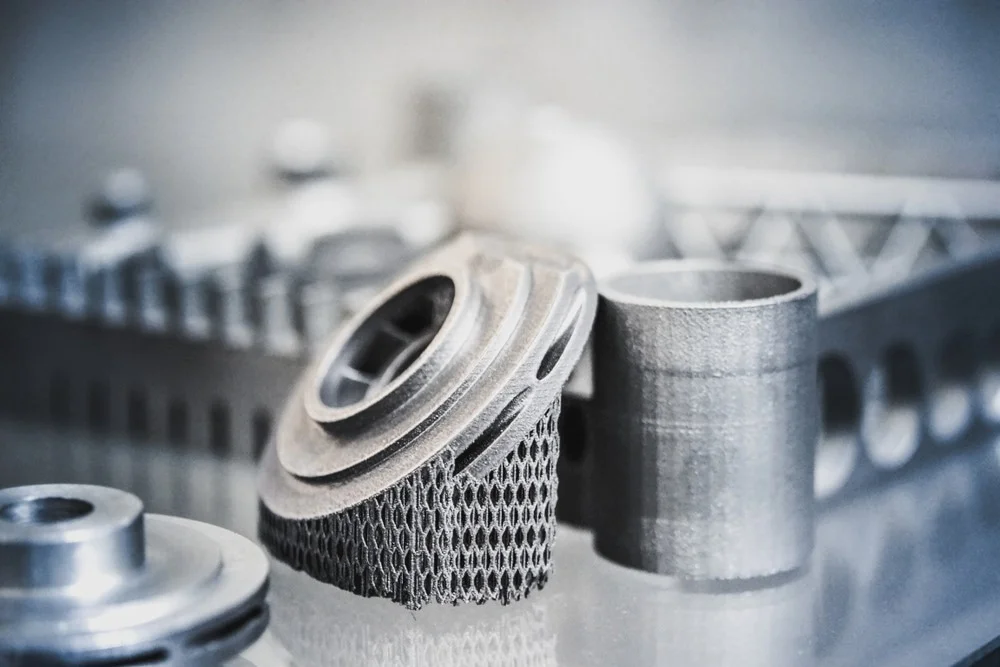ASTM E1456 Micro-Mechanics of Creep Testing
The ASTM E1456 standard provides a comprehensive approach to micro-mechanical characterization and analysis during creep testing. This service is essential for understanding the behavior of materials under sustained high-temperature loading conditions, which are critical in industries such as aerospace, power generation, and oil & gas.
Creep testing is vital when evaluating the long-term performance of components subjected to elevated temperatures. ASTM E1456 focuses on the microstructural evolution during creep, providing insights into how materials deform under stress over time. The test involves subjecting a specimen to a constant load at a controlled temperature until it deforms irreversibly.
The process begins with careful selection and preparation of the test specimen. For ASTM E1456, this typically involves selecting an appropriate material grade that is representative of the component being tested. Specimen size and geometry are optimized to ensure accurate stress and strain measurements under the prescribed loading conditions.
Once prepared, the specimen is subjected to a controlled temperature environment in a creep testing machine. The machine applies a constant load while continuously monitoring displacement through high-precision sensors. This data is used to calculate creep strain rates over time. Simultaneously, an optical microscope or electron backscattered diffraction (EBSD) system captures microstructural changes within the specimen.
Micro-mechanical characterization during ASTM E1456 testing involves analyzing these structural changes using advanced imaging techniques. These analyses can reveal how dislocations, grain boundaries, and precipitates evolve under stress at elevated temperatures. Understanding these processes is crucial for predicting material life and optimizing component design to withstand long-term service conditions.
Post-test analysis includes detailed reporting that integrates both mechanical and microstructural data. This comprehensive report serves as a valuable resource for quality managers, compliance officers, R&D engineers, and procurement teams. It helps in making informed decisions about material selection, process optimization, and product design improvements.
The ASTM E1456 standard ensures consistent testing procedures across laboratories worldwide, enhancing reliability and comparability of results. This consistency is particularly important for industries reliant on high-temperature materials where accurate predictions of performance are essential.
By leveraging this service, organizations can gain a deeper understanding of their materials' behavior under extreme conditions. Such insights lead to improved product quality, enhanced safety, and reduced lifecycle costs through more robust design practices.
Industry Applications
The ASTM E1456 micro-mechanics of creep testing finds extensive application across various sectors, including aerospace, automotive, power generation, oil & gas, and defense. These industries often operate with components exposed to high temperatures for extended periods.
In the aerospace sector, this service helps ensure the reliability of engine components like turbine blades and exhaust nozzles that are subject to extreme temperatures during operation. Similarly, in automotive applications, it supports the development of materials used in exhaust systems and other parts subjected to harsh thermal environments.
For power generation plants, particularly those using gas turbines or boilers, ASTM E1456 testing ensures the longevity of critical components by providing data on their creep resistance. In the oil & gas industry, this service is crucial for evaluating pipeline materials exposed to high temperatures and pressures.
The defense sector also benefits from ASTM E1456 testing as it aids in the development of advanced armor materials that must withstand extreme conditions during deployment. By understanding how these materials behave under sustained stress at elevated temperatures, engineers can design more effective and durable components.
International Acceptance and Recognition
The ASTM E1456 standard has gained widespread acceptance and recognition within the international community due to its rigorous methodology and focus on microstructural evolution during creep testing. This standard is widely adopted by laboratories in North America, Europe, Asia, and other regions.
ISO/IEC 17025 accreditation ensures that labs performing ASTM E1456 tests adhere to strict quality management systems, further enhancing the reliability of test results. Many leading organizations in these sectors rely on certified laboratories offering this service to ensure compliance with international standards and regulatory requirements.
The standard is recognized for its ability to provide detailed insights into material behavior under sustained high-temperature loading conditions. This makes it an indispensable tool for industries where the long-term performance of materials is critical. By adhering to ASTM E1456, laboratories contribute to the global effort towards safer and more efficient designs in various sectors.
Competitive Advantage and Market Impact
Adopting ASTM E1456 micro-mechanics of creep testing offers significant competitive advantages. Organizations that invest in this service can gain a deeper understanding of their materials' behavior under extreme conditions, leading to enhanced product quality and reliability.
By leveraging detailed microstructural data from these tests, companies can optimize material selection and processing techniques, resulting in more robust components. This leads to improved safety, extended component life, and reduced lifecycle costs through optimized design practices.
The ability to provide accurate predictions of material performance under sustained high-temperature loading conditions is a key differentiator for businesses operating in industries where reliability and durability are paramount. Organizations that excel at this can anticipate challenges before they arise, ensuring continuous compliance with regulatory standards and industry best practices.
Moreover, adherence to ASTM E1456 enhances a company's reputation as a leader in material science research and development. It demonstrates commitment to quality and safety, which are crucial factors influencing customer trust and satisfaction. This can translate into better market positioning and increased business opportunities.





